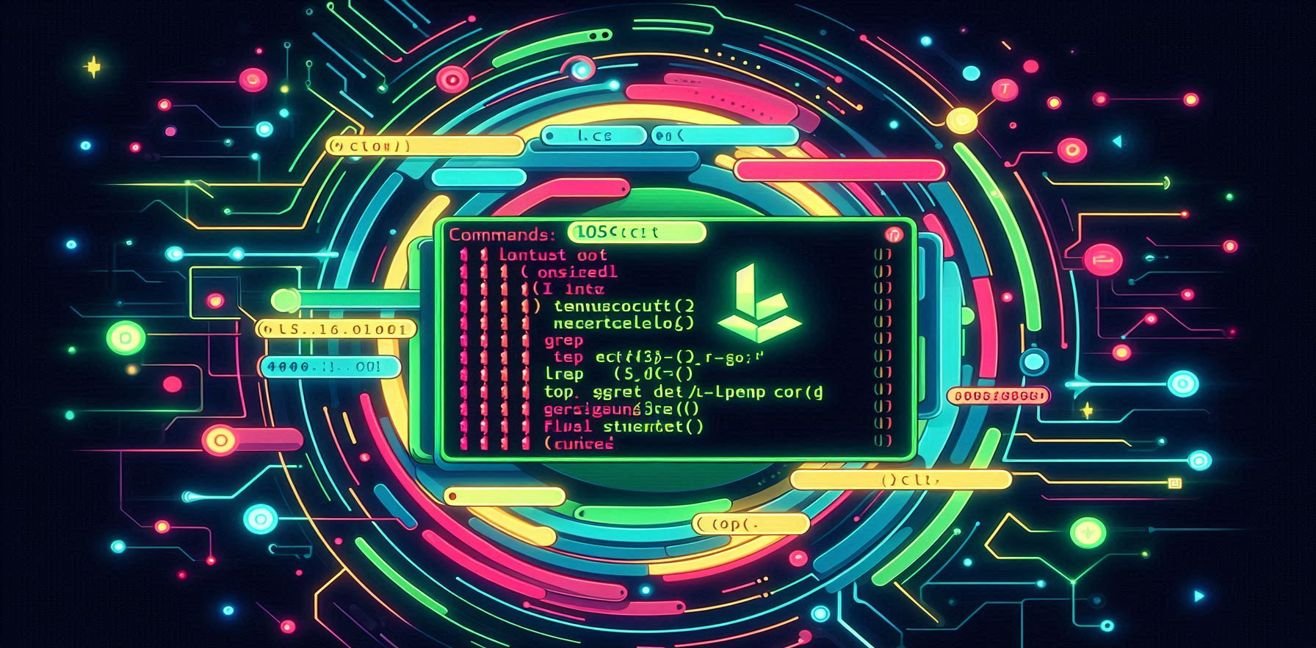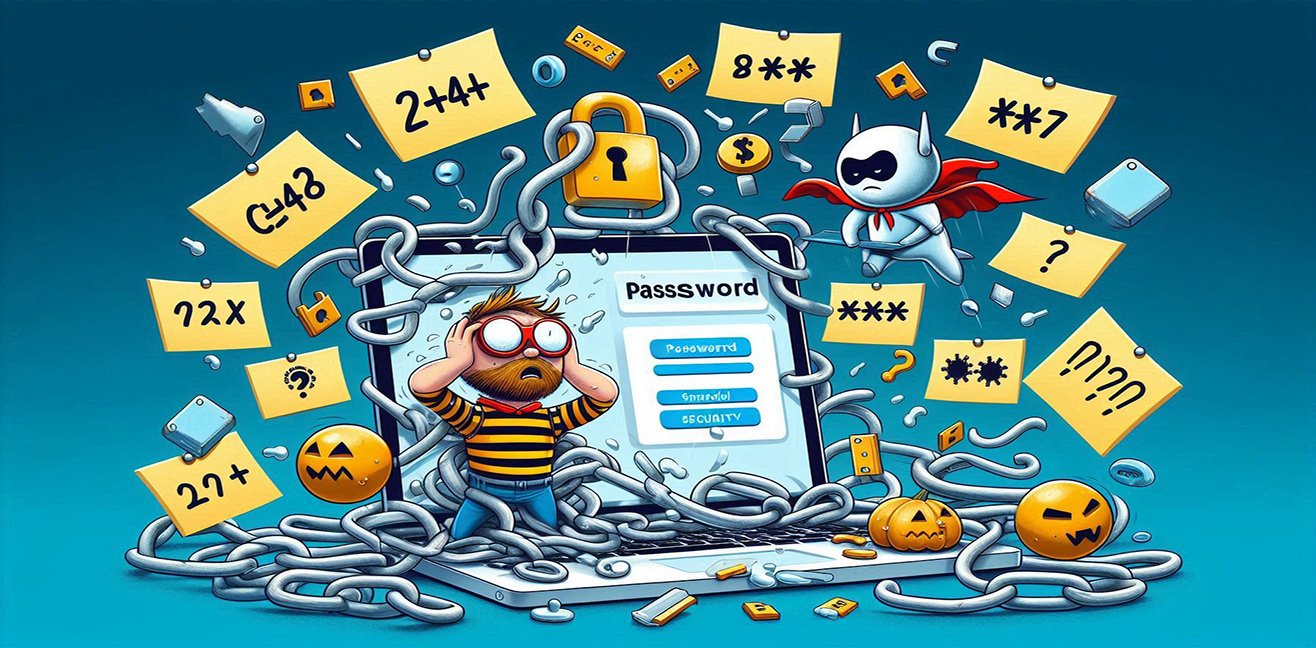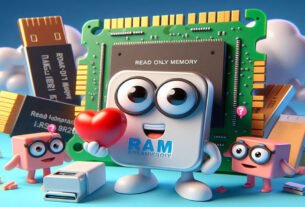Hello tech lovers and code friends! 🌌
Today, I’m inviting you to the very heart of the Linux world: the mysterious and powerful universe of the terminal.
If the GUI (graphical interface) is like a comfortable dance floor, then the terminal is the professional dance studio: more freedom, more speed, but also a little bit of discipline. 💻💃
If you’re ready, let’s start dancing in the terminal — from basic steps to advanced system management.
🔎 What Is the Terminal and Why Does It Matter?
The Linux terminal is a console that allows you to communicate directly with your computer through text-based commands.
Why is it important?
- Speed – Tasks that take several clicks in a GUI can be done with a single command.
- Control – It gives you deeper mastery over your system: file permissions, processes, system resources…
- Automation – Write scripts and automate repetitive tasks.
- Learning – The best way to truly understand how your computer works.
And with a bit of courage, the terminal can feel as fun as a dance floor.
💃 Dancing with Basic Commands
1. ls – Spotlight on the Stage
ls -lh
-l→ detailed listing-h→ human-readable sizes (MB, GB)
It’s like the terminal saying: “Curtains up, here are the actors on stage!”
2. cd – Changing the Dance Floor
cd /home/user/Desktop
..→ move up one directory~→ home directory
A new stage, a new choreography.
3. pwd – Know Where You Stand
pwd
Print Working Directory → Your best buddy to avoid getting lost.
4. mkdir & rmdir – New Moves and Clean-Up
mkdir project_folder
rmdir old_folder
Creating a folder = adding a new dance move
Deleting one = clearing the stage.
5. rm & rm -rf – Dangerous Moves
rm file.txt
rm -rf old_folder/
⚠️ rm -rf is the explosive move of the terminal — use with extreme caution, no undo!
⚡ Intermediate and Advanced Commands
1. File and Text Handling
grep "error" log.txt→ Search text inside filescat file.txt→ Display file contentsless log.txt→ Scroll through large fileshead -n 10 log.txt→ First lines of a filetail -f log.txt→ Follow live updates
2. File and Directory Management
cp→ Copymv→ Move/renamefind /home/user -name "*.txt"→ Search for files
3. System Management
top→ Real-time CPU, RAM, processeshtop→ Colorful, interactive version oftopdf -h→ Check disk usagedu -sh *→ Directory sizeschmod 755 script.sh→ Change file permissionschown user:user file.txt→ Change ownership
4. Network Management
ping google.com→ Test connectionifconfigorip a→ Show IP addressesnetstat -tulnp→ List open ports and services
🧩 Hidden Powers of the Terminal
- Alias → Create shortcuts
alias ll='ls -lah' - Tab Completion → Auto-complete commands or paths with
Tab - History → Review past commands
history - Pipes & Redirects → Chain commands and redirect outputs
ps aux | grep apache > apache_process.txt
💡 Make Your Life Easier with the Terminal
- Manage files, networks, and system resources with a single command.
- Automate repetitive tasks with scripts.
- Secure your system by setting correct permissions and ownership.
- Monitor system performance and catch problems early.
🎯 Conclusion
At first glance, the Linux terminal might look like a scary black screen, but it’s actually a dance floor full of endless possibilities.
With the right steps and a little courage, you’ll move freely and efficiently.
💡 Golden Tip:
Don’t be afraid of the terminal. Every mistake is a lesson, every command is a dance move. And remember: the more you dance in the terminal, the more superpowers you unlock! 😎




